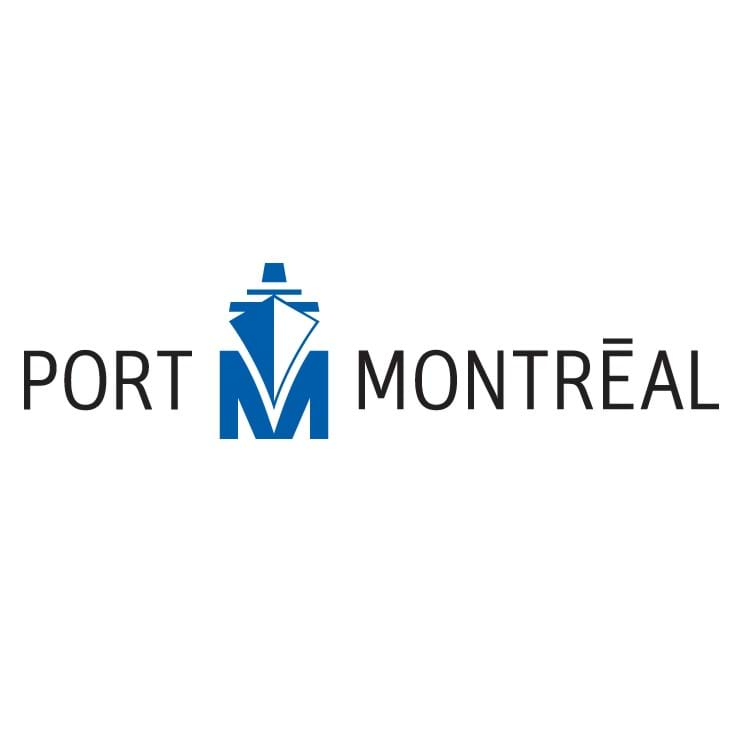
Port of Montreal introduces AI to improve trucking flow and reduce GHG emissions
The Port of Montreal has launched an upgrade of its Trucking PORTal application so that it now includes predictive data regarding processing times at the port’s various container terminals. The new tool improves traffic flow on port territory by helping drivers to plan their routes better, thereby reducing greenhouse gas (GHG) emissions.
The new predictive dashboard shows average processing times at the various terminals for each 30-minute period over the following 24 hours. Quick Views are also available for the following three hours. This data is in addition to the real-time wait times at the terminals – information that has been available on the app since its launch in 2016.
Predictive data is made available by reading access cards using mainly Radio Frequency Identification (RFID) technology. These measures taken at four strategic locations on port territory make it possible to collect data indicating current transaction times. The use and analysis of the results through AI algorithms then make it possible to model the predictive data. The resulting data helps truck drivers to better plan their trips to the port.
This new solution will have a positive impact on drivers, dispatchers, trucking companies and container terminal operators. The neighbouring community will also benefit from the reduction in GHG emissions due to better traffic flow on port territory. The use of this data by truck drivers will improve fluidity and reduce the number of traffic jams at the entrance to and on port territory, which will also ease traffic on Notre-Dame Street.
The Montreal Port Authority teamed up with Element AI, a global supplier of artificial intelligence (AI) products, to develop, test and deploy this enhanced technological solution.